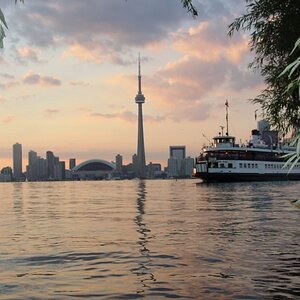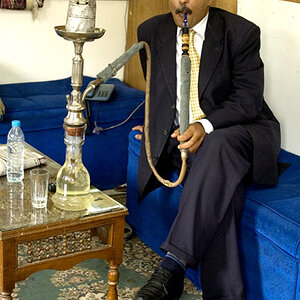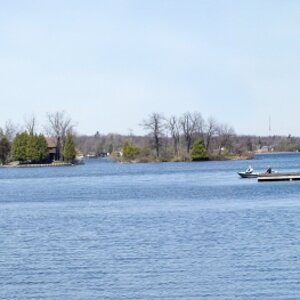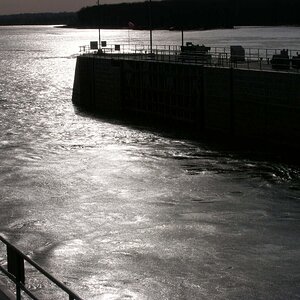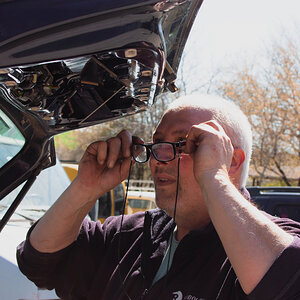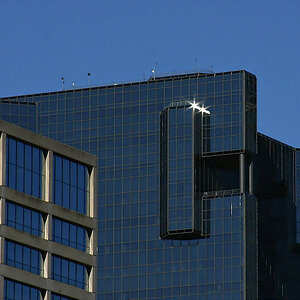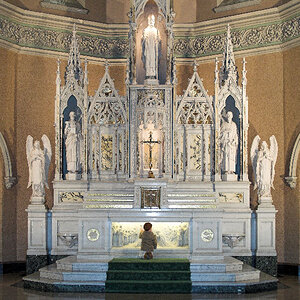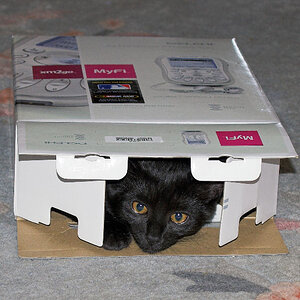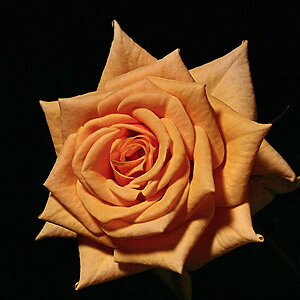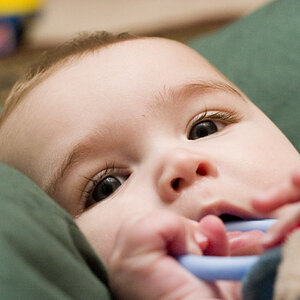manda
instigator of pottymouthedness
I am looking to purchase a new lens in the future but Im a big researcher before making a choice and Ive really got no idea what Im looking at.
Could someone explain exactly what all the focal length numbers and other numbers mean? Whats a fixed focal length?
Plus, do particular brands only fit certain cameras? I have a Canon EOS 300 and am wondering if Sigma lenses fit?
Im wanting it to do portraits and macro mostly.
Any help or suggestions of good lenses would be muchly appreciated.
Thank you
Could someone explain exactly what all the focal length numbers and other numbers mean? Whats a fixed focal length?
Plus, do particular brands only fit certain cameras? I have a Canon EOS 300 and am wondering if Sigma lenses fit?
Im wanting it to do portraits and macro mostly.
Any help or suggestions of good lenses would be muchly appreciated.
Thank you


 .. its small and looks funny but i use it the most
.. its small and looks funny but i use it the most  just kidding!!!
just kidding!!!